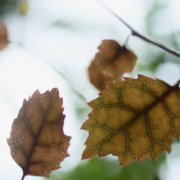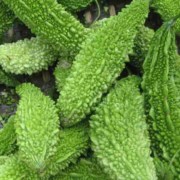Liver fibrosis – how acupuncture and herbs integrate to heal
Liver fibrosis occurs when proteins such as collagen begin to build up excessively around liver cells. This process often develops as a result of chronic liver diseases of various kinds like fatty liver.
For a long time, science viewed liver fibrosis as an irreversible condition. However, recent research suggests that this may not be the case.
Acupuncture has been increasingly recognised for its potential in treating chronic liver conditions, and naturally, we’re curious about its role in liver fibrosis. Interestingly, both acupuncture and curcumin — the active compound in turmeric — have attracted considerable attention from researchers in recent years.
A study by Xiao-Ping Zhang and colleagues, published in the peer-reviewed journal Acupuncture in Medicine, explored how these two traditional therapies might work together to combat liver fibrosis. Their findings were remarkable: acupuncture significantly enhanced curcumin’s effects on liver fibrosis at the cellular level.
The researchers observed key biochemical changes, noting that the combination of acupuncture and curcumin disrupted the PDGF-βR/ERK signalling pathway and promoted the breakdown of the extracellular matrix — both crucial mechanisms in reducing fibrotic tissue formation.
This study provides a fascinating example of how acupuncture and herbal medicine can complement one another, amplifying each other’s therapeutic benefits.
In summary, the dynamic combination of acupuncture and curcumin represents an exciting frontier in liver fibrosis research. While more studies, particularly human trials, are needed to confirm these effects beyond animal models, this research offers valuable molecular insights into how these traditional therapies might one day help prevent or treat liver fibrosis.
Reference:
Zhang X-P et al. Acupuncture combined with curcumin disrupts platelet-derived growth factor-β receptor/extracellular signal-regulated kinase signalling and stimulates extracellular matrix degradation in carbon tetrachloride-induced hepatic fibrosis in rats. Acupuncture in Medicine. doi: 10.1136/acupmed-2012-010167


